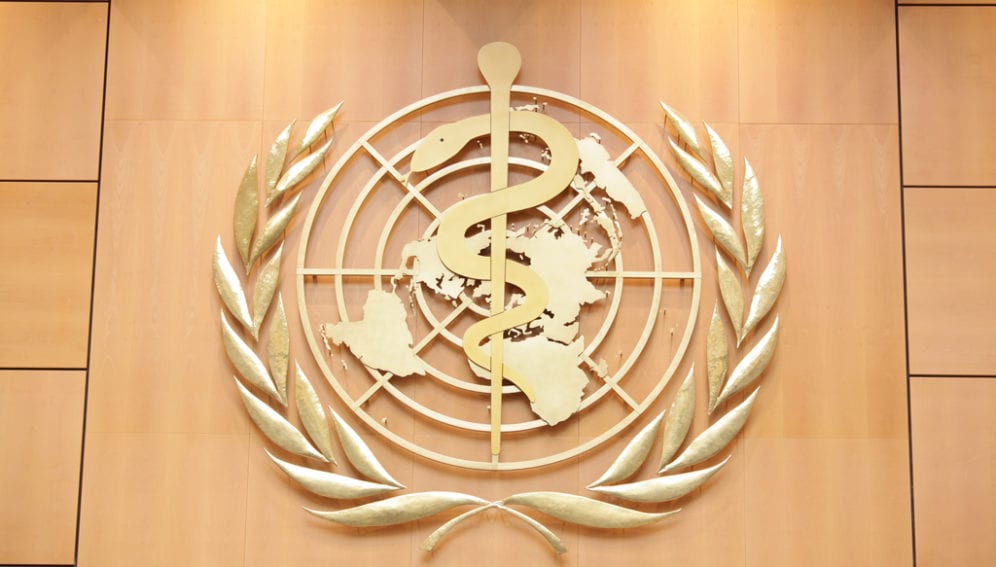By: Crispin Maslog
Send to a friend
The details you provide on this page will not be used to send unsolicited email, and will not be sold to a 3rd party. See privacy policy.
A pair of respiratory viruses from two parts of the globe could threaten the Asia-Pacific region. The first threat is a new coronavirus that causes the often-fatal Middle East respiratory syndrome (MERS). The second is a new bird flu strain, H7N9, which has spread in China.
MERS was first identified last September. Nearly all of its victims had travelled to or were from the Middle East. Saudi Arabia has been hit hardest by the virus, with 62 confirmed cases, including 34 deaths. According to the latest figures from the WHO, the total number of MERS cases has reached 77 in nine countries, with 40 of them succumbing to the virus.
Meanwhile, closer to home, the new bird flu strain, H7N9, has infected 131 people in China since March, causing 32 deaths. [1]
The WHO has warned that MERS may not be confined to the Middle East and has asked health officials worldwide to continue to monitor unusual respiratory cases.
Pandemic potential
The WHO says that both MERS and H7N9 have the potential to cause a pandemic if they evolve into forms that are easily transmitted between people.
What makes MERS even more of a threat right now is that Saudi Arabia will soon be hosting millions of Muslims from all over the world as they come to visit Mecca for Umrah (is a pilgrimage to Mecca, Saudi Arabia and often peak during the last 10 days of Ramadan). Although this pilgrimage can be made throughout the year, as many as two million people could be drawn to the country's holy sites during the Muslim month of fasting, Ramadan, which begins on 9 July. In the next few weeks, WHO officials have a tough call to make, with political implications: whether to issue a health warning to pilgrims planning to visit Saudi Arabia. [2]
Saudi Arabia and the other Middle Eastern countries also have a large population of expatriate workers — millions of whom are from South and South-East Asia — who could spread the disease around the world.
The UN estimated that there were 1.3 million Indians, 900,000 Pakistanis, 500,000 Filipinos, 350,000 Sri Lankans and 250,000 Indonesians working in Saudi Arabia in 2007. [3] The actual figures, though, may be double these as there are thought to be as many undocumented workers as legal ones.
Screening and detection
So far, no MERS cases have been reported in South-East Asia or among any of its million migrant workers in the Middle East. But is this because there really have been no cases among such workers or is it because Saudi Arabia and other Middle Eastern countries are failing to do enough to monitor and protect migrant workers and so cases have simply gone unreported? If there are cases, then do Asia-Pacific countries with large numbers of migrant workers in the Middle East have adequate detection tools and screening systems for this deadly virus when their workers return home?
There are so far no reports of medical check points set up in South-East Asian airports, pretty much as they did for SARS (Severe Acute Respiratory Syndrome) which started in China, and later spread to 37 countries ten years ago.
Middle Eastern governments, particularly Saudi Arabia's, could make a start by strengthening screening systems and the basic healthcare on offer to their migrant workers.
A WHO-run meeting in Cairo, Egypt of more than 100 public health experts from the Middle East, North Africa and Europe last week (20-22 June) agreed about the need to bolster the capacity to detect, control and treat cases of MERS. [4] But public health experts from South and South-East Asia were conspicuous by their absence at the event.
Migrant workers from these regions — mostly from Bangladesh, India, Indonesia, Nepal, Pakistan, the Philippines and Thailand — are living in extremely crowded conditions in the Middle East, often with poor nutrition and without access to healthcare.
It is true that most of the MERS cases confirmed so far have been in the Middle East and Europe, with none so far detected in South-East Asia. But the time for governments to act is now — before a pandemic starts in our backyard.
Crispin Maslog is a Manila-based consultant for the Asian Institute of Journalism and Communication. A former journalist, professor and environmental activist, he worked for the Press Foundation of Asia and the International Rice Research Institute.
This article has been produced by SciDev.Net's South-East Asia & Pacific desk.
References
[1] Cheng, M. Fears of global coronavirus outbreak (3 News, 14 May 2013)
[2] Branswell, H. Saudi Silence on Deadly MERS Virus Outbreak Frustrates World Health Experts (Scientific American, 7 June 2013)
[3] Wikipedia Foreign workers in Saudi Arabia (Wikipedia, retrieved 25 June 2013)
[4] Xinhua Public health officials agree on priority actions to control MERS-CoV (Xinhua, 23 June 2013)














